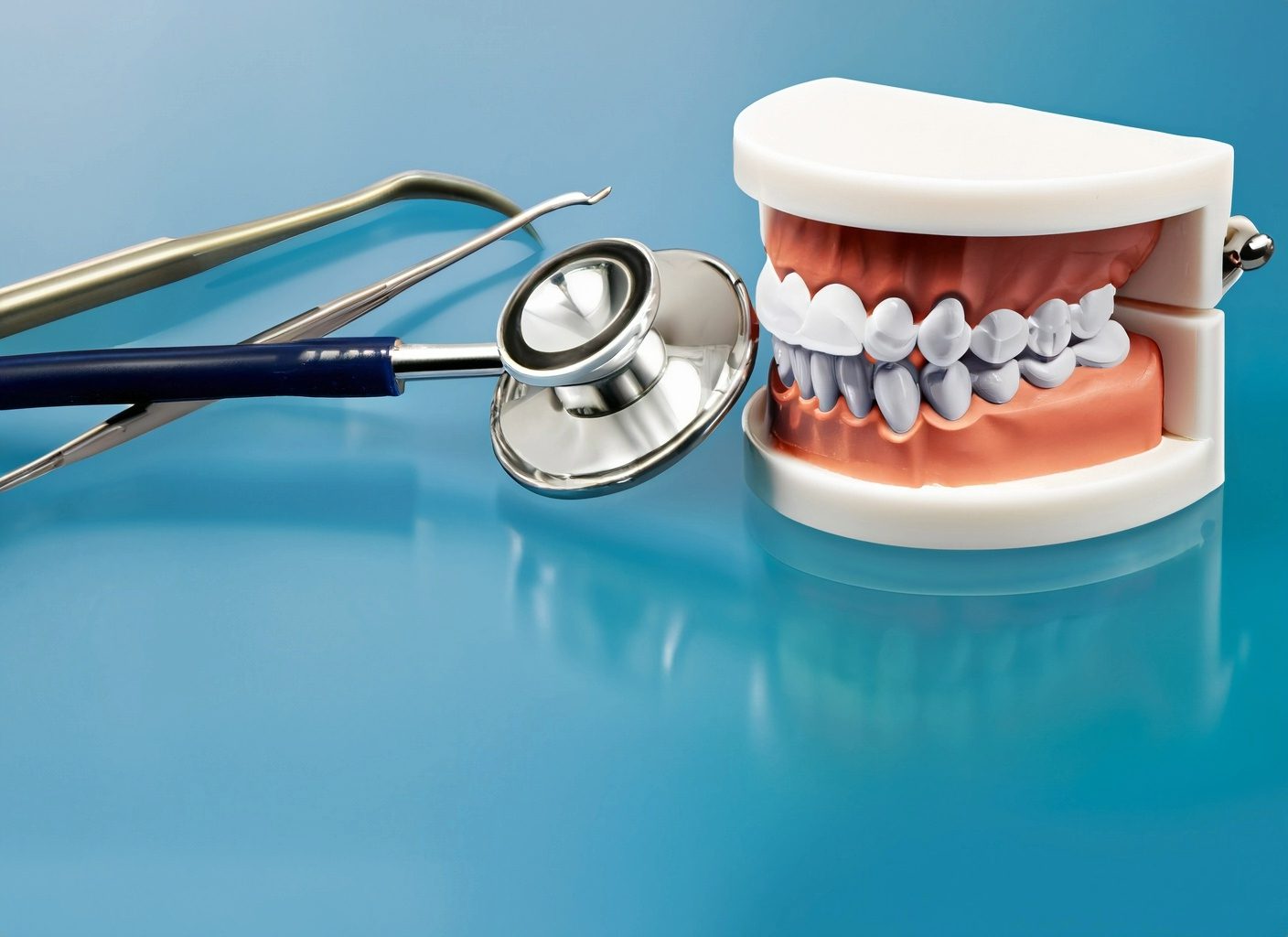
When it comes to maintaining oral health, there are many specialized fields within dentistry that address different aspects of care. Periodontics and endodontics are two of these essential dental specialties that focus on specific areas of oral health. If you live in Rancho Cucamonga, understanding the roles of periodontics and endodontics can help you make informed decisions about your oral care, particularly when faced with gum or tooth problems that require specialized attention. A Rancho Cucamonga dentist can guide you through these treatments to ensure that your smile and dentures remain healthy and functional for years to come.
What is Periodontics?
Periodontics is the branch of dentistry that deals with the prevention, diagnosis, and treatment of diseases and conditions that affect the supporting structures of the teeth—primarily the gums, bones, and ligaments that connect the tooth to the jawbone. The most common periodontal condition is gum disease, which can range from gingivitis (the earliest stage of gum disease) to periodontitis (a more advanced form of gum disease).
Gum Disease:
Gum disease is a prevalent issue and one of the leading causes of tooth loss in adults. It usually begins with plaque buildup on the teeth, which, if not removed through regular brushing and flossing, can irritate the gums. This irritation can lead to symptoms such as swelling, bleeding, or tenderness of the gums. If left untreated, gum disease can progress, damaging the supporting teeth bone, and tissues, resulting in tooth mobility or loss.
Treatment for Gum Disease:
Rancho Cucamonga periodontists are trained to handle all levels of gum disease. Treatment can range from professional cleanings, known as scaling and root planing to more advanced procedures like gum grafts or bone regeneration in severe cases. These procedures help restore gum health and prevent further complications.
Preventive Care:
One of the key aspects of periodontics is preventive care. Regular dental check-ups, cleanings, and proper home care (brushing, flossing, and using mouthwash) are crucial for keeping gum disease at bay. Periodontists also educate patients on lifestyle factors that can impact gum health, such as smoking and poor nutrition.
What is Endodontics?
Endodontics, on the other hand, is the branch of dentistry that deals with the inside of the tooth, specifically the pulp and root canals. The pulp is the soft tissue inside the tooth that contains nerves, blood vessels, and connective tissue. When this tissue becomes infected, damaged, or inflamed due to decay, trauma, or other issues, a procedure known as a root canal may be necessary to save the tooth.
Root Canal Treatment:
A root canal involves removing the infected pulp, cleaning the inside of the tooth, and sealing it to prevent future infections. Contrary to popular belief, root canal treatments are typically less painful than getting a filling and can provide relief from infected or abscessed teeth. It’s a common procedure performed by endodontists to preserve the natural tooth and prevent extraction.
When is Root Canal Treatment Needed?
Symptoms that may indicate the need for a root canal include persistent tooth pain, sensitivity to hot or cold temperatures, and swelling or tenderness around the gums. If you experience any of these signs, it’s important to consult with a dentist or endodontist. Delaying treatment can lead to further complications, including the risk of tooth loss.
Conclusion
If you’re dealing with gum disease or tooth infections, understanding the roles of periodontics and endodontics is essential. Regular visits to a general dentist, along with a proactive approach to dental care, can also help catch potential issues early, preventing the need for extensive treatments down the line.